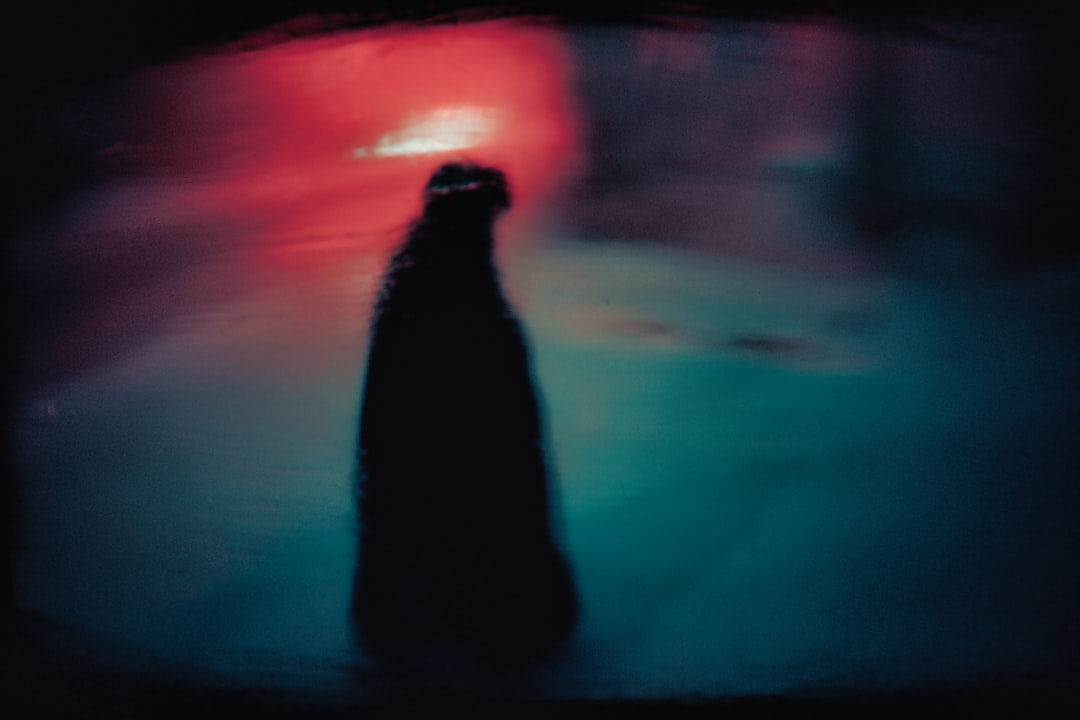What is it about?
Fetal cells migrate from the placenta into the uterine cervix early in pregnancy where they can be captured in a pap smear without posing any harm to the fetus. The authors have developed a method to isolate 500-2000 fetal cells free of the mother's cells from pap smears during the first half of pregnancy, in some cases as early as three weeks after conception. The isolated cells provide valuable information about the health of the fetus and the placenta, which can be used for prenatal testing.
Featured Image
Why is it important?
The isolation of hundreds of cells from the placenta almost as early as a positive pregnancy test can be obtained enables a wide variety of tests for fetal genetic or chromosomal disorders, like cystic fibrosis or Down Syndrome, as well as obstetric diseases caused by aberrant placental development . It will be possible to compare placental cells in real time from normal and abnormal pregnancies to study perinatal disease. Early prenatal screening will optimize the use of health care resources.
Read the Original
This page is a summary of: Trophoblast retrieval and isolation from the cervix (TRIC) for noninvasive prenatal screening at 5 to 20 weeks of gestation, Fertility and Sterility, July 2014, Elsevier,
DOI: 10.1016/j.fertnstert.2014.04.008.
You can read the full text:
Contributors
The following have contributed to this page










